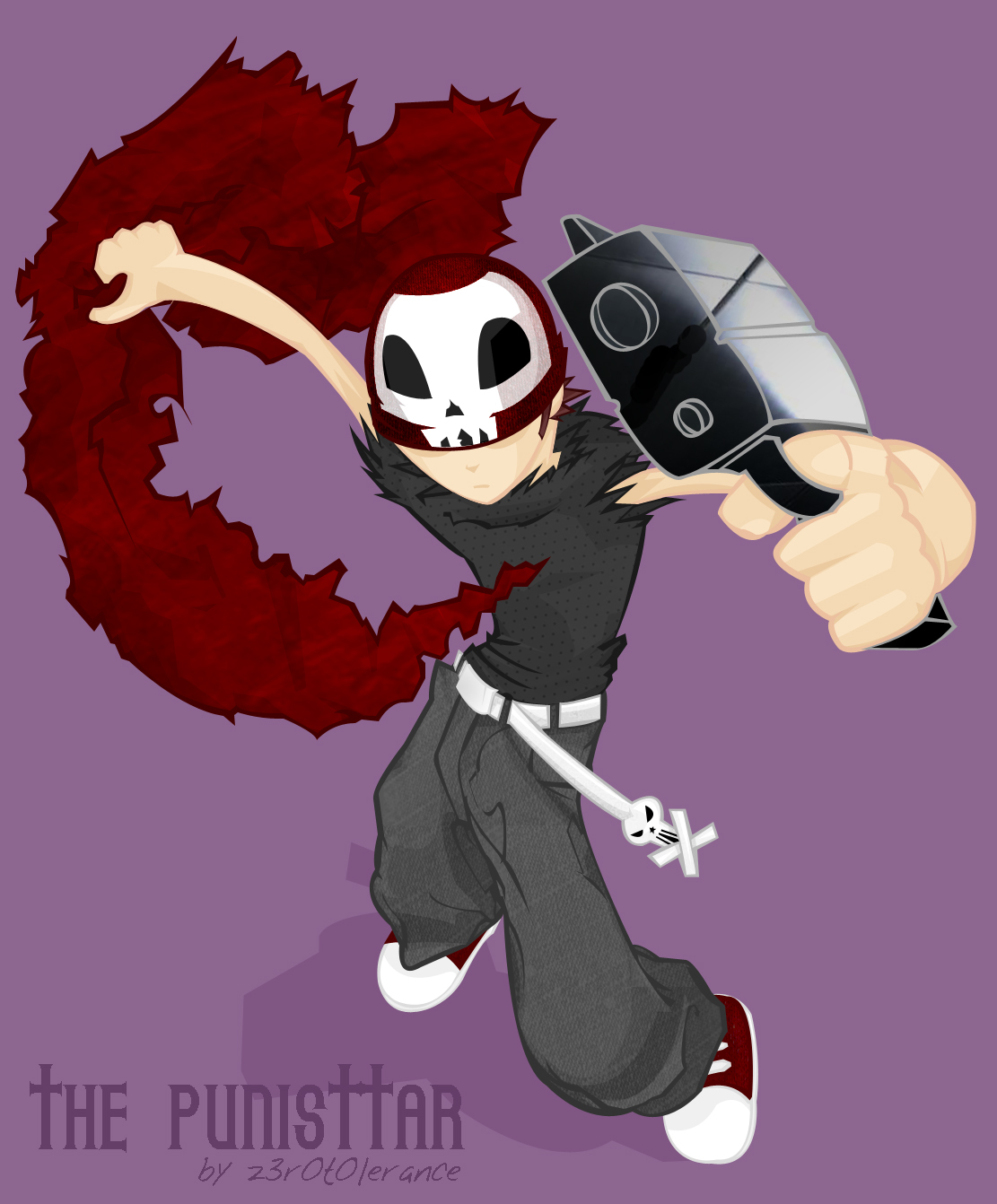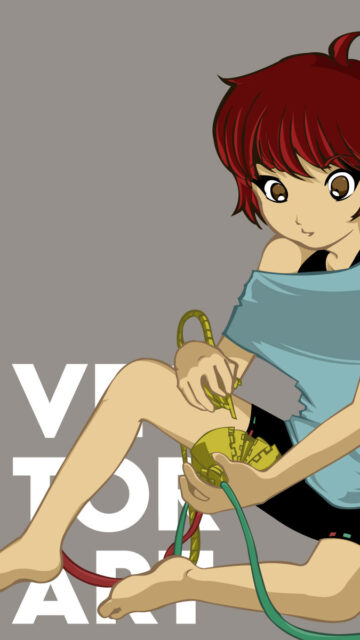A Tribute to the Antihero Archetype
This Punisttar concept art was born from my love for antiheroes—characters who fight for justice on their own terms. While loosely inspired by Marvel’s Punisher, Punisttar brings a more raw, chaotic presence. Less military precision. More street rebellion.
He’s oversized, aggressive, and unmistakably loud. His skull motif, exaggerated weapons, and spiked attitude combine to create a figure that’s equal parts comic-book vigilante and underground punk icon.
Behind the Punisttar Concept Art
I wanted to design a character that felt larger than life—both stylistically and emotionally. Punisttar blends elements from punk subculture, early 2000s edge, and a bit of over-the-top anime flair. The result is a character who’s unapologetically messy but deliberate in his defiance.
The red scarf and crimson bandana were intentional nods to SAD Star Soldiers, where this concept first took root. Alongside the emo-inspired “Puss in Chucks,” Punisttar helped shape the visual tone of that collective.
The PunisHar or Punisttar
Sporting a crimson bandana and scarf and a pair of chucks, one of my early formulas for the SAD Star Soldiers initiative.
From Sketchbook to Stylized Render
Like most of my concept work, Punisttar started out as a loose sketch—a burst of visual energy scribbled during the mid-2000s. Over time, I refined the character digitally, using Adobe Photoshop to experiment with cell-shaded coloring, bold outlines, and exaggerated foreshortening.
The final piece feels like a cross between a graphic novel and an animated series frame—high-contrast, high-attitude, and high-impact.
Designed to Rebel
What sets Punisttar concept art apart is the way it leans into rebellion. He’s not designed to be a traditional hero. He doesn’t follow orders or wait for backup. His design tells that story—non-traditional armor, jagged lines, and a stance that suggests he’s ready to fight first and ask questions never.
Characters like Punisttar resonate because they don’t just break the rules. They remind us why the rules exist in the first place.




